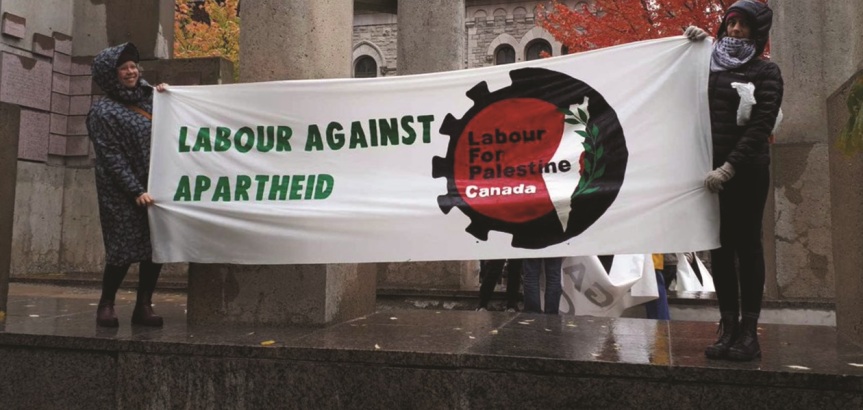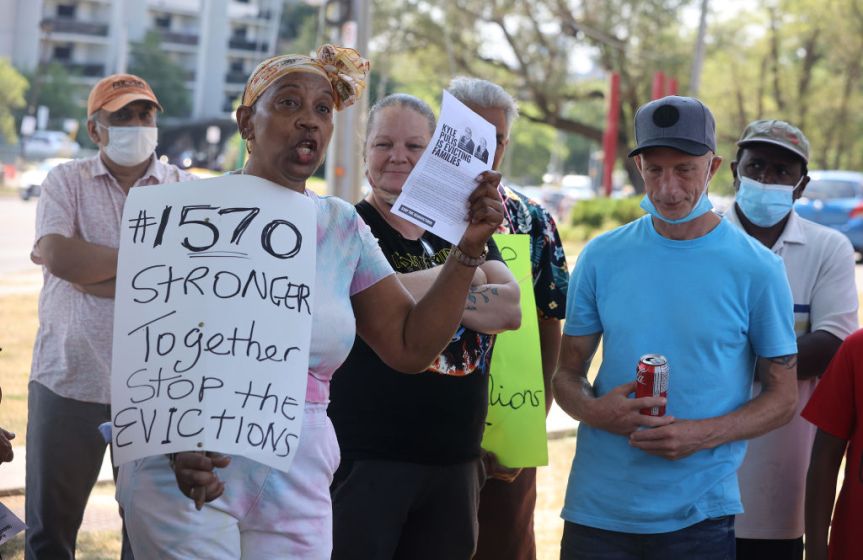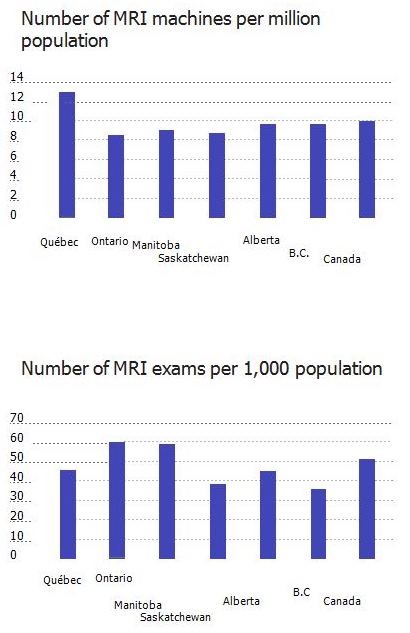Electrical workers march for their jobs. (Photo by David Bacon)
“Our vision is defending the interests of workers and a democratic union life.” In conversation with a longtime labor journalist, a Mexican union leader puts current worker struggles in context.
Reposted from ZNet
Humberto Montes de Oca is the Secretary for Internal Relations of the Mexican Union of Electrical Workers (SME). He was originally a working-class art student who became active in the left-wing political movements of the period of Mexico’s Dirty War (1970s to early 1980s). He joined the SME as a political act to become part of the country’s radical working-class movement, and he became one of its most important leaders.
In 2009 the administration of Felipe Calderón dissolved the Power and Light Company of Central Mexico, one of the country’s two national providers of electrical power. He then declared the union non-existent and terminated the jobs of its 44,000 members. While other administrations had regarded the SME, one of Mexico’s oldest, and most democratic and radical unions, as a political opponent, no government before had taken such an extreme step.
About 16,000 of the union’s members decided to resist the attack, and they began an effort that continues today to recover their jobs and workplace rights, including the union contract. They kept the union’s structure and headquarters intact, and then set up an allied workers’ cooperative to generate work and help members survive. The other members took the government’s severance package and gave up their union and job rights.
In this interview, presented as a first-person narrative, Montes de Oca describes the current state of the union and its relationship with the progressive administration of President Andrés Manuel López Obrador (AMLO).
The Current State of Labor Reform
Today we are in a situation created by the 2019 freedom of association reform. To some degree that reform was forced on the government by the pressure of unions in Canada and the United States, as part of the negotiation of the new free trade agreement T-MEC (Tratado–Mexico Estados Unidos Canada, USCMA in English). Pressure was put on Mexico to make changes in union representation because charrismo and the employer protection contracts were used to cheapen the labor of Mexicans. Workers in Canada and the United States were at a disadvantage. Capital investment comes to Mexico because of these more favorable conditions.
In Mexico, those unions argued, workers should have greater ability to defend their interests to increase their benefits and income. This reform was implemented using this logic. It requires all unions to show that they are legitimate representatives of workers, and to create legitimate collective labor contracts. The corporate and employer protection unions opposed this reform because it goes against their interests. But they have also adjusted by inventing a strategy in which they go through the process, even though everything actually remains the same.
It is true that U.S. and Canadian unions sought to integrate the labor reforms in Mexican legislation into the labor chapter of the T-MEC. But it is also true that in Mexican unionism there is a tradition of democratic struggle. Our very survival as a union has been a fight for union democracy in tough battles in the 70s, 80s, and 90s.
But the reform created bodies, like the Federal Labor Registration Center, which exercise very arbitrary power in a way that does not correspond to the spirit of the law. There is a danger that unions themselves will lose their autonomy and the labor movement its independence.
Yet there are groups of workers who are taking advantage of the situation to free themselves from charro unions. The example of the independent union victory at the General Motors plant in Silao is the clearest. We can see that it is possible for workers, using this legitimation process, to displace charro unions and achieve authentic collective bargaining.
So there are two kinds of outcomes. On the one hand a sham process allows charro unions and protection unions to become legitimate through a fraudulent procedure. On the other hand, an authentic process makes it possible to displace the charros and create new democratic unions.
Unfortunately, there is as yet no commitment to a widespread challenge by established independent unions to the old Confederation of Mexican Workers (CTM) structure. Democratic unions are fragmented.
At the same time, the Left no longer talks about unions. It is losing its link with the workers. We need a workers’ movement that thinks of itself as a class, beyond individual sectors or branches. The new Central Obrero, and organizations in other sectors who want a movement for union democratization in our country, should come together. We have common issues: freedom of association, union democracy, social security, pensions, retirements, salaries—the basis for generating a movement. In that movement there’s room for many efforts, including the Casas Obreras, the new emerging unions and federations of unions, and the old pillars of democratic unionism such as the SME.
Perhaps in the medium- and long-term there will be a regrouping. Even if some are not moving in that direction now, perhaps later they will be convinced that this is needed, and they can help to build that process.
Nationalizing the Energy Industry
We share with the government the idea of nationalizing the electrical industry. In the past, we defended the nationalized electricity industry against the gradual privatization that took place in previous administrations.
Today we call for reversing Enrique Peña Nieto’s structural privatization reform, imposed in 2013. But we want to add a social dimension, the recognition of the human right to energy as a constitutional right, and the social management of this strategic area, with broad participation of technicians, workers, and energy users. We need researchers who can manage this public company and not turn it into a political instrument of the state and the party in power. This is what we’ve frequently seen in our country, in the case of public companies.
It is not enough to nationalize or renationalize the energy industry. We need the social management of strategic industries for the common good, with the broad participation of society, of workers, of specialists, of the energy consumers themselves. The right to energy is an inalienable human right. The solution is not as simple as saying, “let it be made public and that’s it.” What we have now is the bureaucratization of the management—public officials who obey commercial logic rather than the general interest of society.
The Federal Electricity Commission, the company that supplies electric energy, is a public company, but that does not mean that it has a social character. The company will still cut you off if you don’t pay.
Difficult Relations with the Lopez Obrador Administration
AMLO was running for office in 2010, during the hunger strike in which our union fought the attack meant to destroy us. On one occasion he came to be with us. He gave us a letter in which he promised that when he became president, he would reintegrate us into the workforce. To date he has not fulfilled this commitment, and he has not given the union a hearing.
Instead, AMLO has supported the former leaders of our union, who in 2009 called for the capitulation of the SME. They wanted to collect severance pay, so they resigned from the union and tried to dissolve it, liquidating its assets and distributing the money among the workers. We made a commitment to resist, and to fight against the extinction decree. They abandoned this fight and yet, after we fought for 14 years, they are the ones close to the president.
Some officials, like presidential spokesperson Jesús Ramírez Cuevas and the director of the Federal Electricity Commission, Manuel Bartlett Díaz, are using these dissident groups to attack the union. They threaten to take over our facilities by violence and mount a media campaign of slander.
People in this government believe that the governing party should have unions that are useful, loyal, and subordinate. To them, a corporatized SME would be useful. Since we have not shown any subordination, and we safeguard our autonomy, they don’t like this.
Our organization has always been critical. We recognize that the president is making an effort to recover the country’s energy sovereignty, but we also have criticisms of its labor policy. There are many unresolved conflicts and strikes, like the three-year strike in Sur Notimex and the miners’ strike in Cananea. There is no solution for our colleagues of the National Coordination of Education Workers. In short, the regime’s labor policy is not what one might hope for from a democratic government.
The current government has little dialogue with social movements, unlike the progressivism in South America, where presidents like Lula, Chávez, and Evo Morales have had a lot of communication with them. In Mexico, many social movements that supported MORENA [the current governing party] in 2018 feel disappointed because they have not seen their situation improve or attention to their demands. The government proposes a direct relationship with the population without intermediaries. In its view, a union, a neighborhood organization, or an organization of academics or researchers is an intermediary. Instead, the government supports the people through its social policy and assistance programs.
This is a clientelistic electoral policy, and in Mexico City, MORENA lost the majority of the mayoralties in the last election. The city has been the cradle of the left-wing social movement in Mexico, but there is not a good relationship between the government and its social movements.
The Status of the SME Today
Currently we have a membership of approximately 15,000 active workers and 10,000 retirees, who come from the former company Luz y Fuerza del Centro. We have work in the generation plants recovered from that public company, and other economic ventures where we have collective contracts. We have a collective bargaining agreement with Generadora Fénix and a contract with the Portuguese company Mota-Engil, where we are part of the public limited liability company that generates electricity. We have the right to 50 percent of the company’s profits.
We have other collective contracts with other companies, smaller agreements, which enable us to keep the national industrial registry of our union. We also have people working in the LF del Centro cooperative. The union is made up of workers who work under a collective labor contract, cooperative workers who work in the union’s social and solidarity economy projects, and workers who do not have a job.
We are incorporating the children of the workers in resistance as members, not only in terms of looking for a job, but creating spaces for our young people and children. We have groups for women and for pensioners and retirees. Under Mexican law we have a legal and legitimately constituted, democratically elected leadership. We want to provide spaces for participation.
We have a strong presence in the central states of Mexico, with a union structure in Morelos, Michoacán, Hidalgo, the State of Mexico, and Mexico City. We maintain a strong strategic alliance with the users of electrical energy—the National Assembly of Electrical Energy—and we hold days of struggle on the 11th of each month. Our objective is labor reintegration in the nationalized electricity industry. For users, we want recognition of the human right to energy. Users need a clean slate so their debts are forgiven.
We have very good relations with the unions in the United States and Canada. We were able to present a complaint under the labor chapter of the old NAFTA because of help from the unions in both countries. That complaint helped us put pressure on the Peña Nieto government to find a political solution to our conflict. We work to maintain those relationships.
This link between unions is necessary to defend the interests of the working class in our three countries. There is actually greater protection and more freedom for workers in Mexico than in the United States, where labor rights are very restricted. Article 123 of our Constitution and the Federal Labor Law are the products of our social movements. Paradoxically, however, our income levels are much lower, and unions in our country often operate on behalf of employers’ interests and not those of the majority of workers. And there is no authentic respect for the autonomy of unions.
We are part of the process of change in Latin America. We have scheduled several events bringing together international energy workers. We try to support the workers of France, who are defending their retirement system, and the Peruvian people who are being massacred. We just signed a statement opposing the attacks on the Indigenous Zapatista communities by paramilitary groups linked to the political elite in the state of Chiapas.
Creating a Class-Conscious Membership
Before the government’s attempt to destroy the union in 2009, we had a school for union activists, organized by retired colleagues with a political background. All union representatives had to participate in this mandatory training school. We had an escalating series of general modules, from the history of the labor movement and of our union to the study of political economy, historical materialism, and Marxism.
When I held the position of departmental representative, I was a rank-and-file underground distribution worker in the underground cable department. As soon as I began to represent my colleagues, I immediately began to attend these classes.
Trainers came from the national university and other higher education institutions, like Alejandro Álvarez and Andrés Barrera. We had workshops on the human right to energy. But it was often a very stuffy, dogmatic education, in the sense that reality was interpreted with the eyes of the past. The proof of the dogmatism was that the teachers who taught those classes were among the first to give up when the government attacked us in 2009.
What had to be done was to create theory and practice based on new challenges and conditions—a new situation with new goals. The challenge is to understand the reality we are living in, and use Marxism as a methodological tool to interpret and change it. What happened 100 years ago can’t just be duplicated now. There are many changes in the economy, in politics, in ideology, that need a contemporary analysis from a revolutionary perspective, trying to formulate an alternative.
We are capable of creating and recreating revolutionary ideas based on the needs of our time.
We are going to reactivate and restructure the school for activists. We have to deal with the reality of generational change, and make sure our leaders have the tools and knowledge that will allow them to give the right direction to our union.
We have scholarships for the children of workers who belong to the union. We call them the children of the resistance, the sons and daughters of the workers who resisted the extinction of our source of work and the forced dissolution of our union during the past 14 years. We are incorporating them into our training program. They get an introduction about unions, and then an explanation of how our union was born and its history over 100 years. We talk about the most important moments of struggle, how we created a process of resistance to prevent its disappearance, and our perspective for the future.
This article from the North American Congress on Latin America (NACLA) is an abridged version of a UCLA interview series. The full-length conversations were published by the Institute for Research on Labor and Employment (IRLE), the Labor Center, and the Center for Mexican Studies at UCLA.
David Bacon is a photojournalist, author, political activist, and union organizer who has focused on labor issues, particularly those related to immigrant labor. He has written several books and numerous articles on the subject and has held photographic exhibitions. He became interested in labor issues from an early age and he was involved in organizing efforts for the United Farm Workers, the United Electrical Workers, the International Ladies’ Garment Workers’ Union, the Molders’ Union and others.















